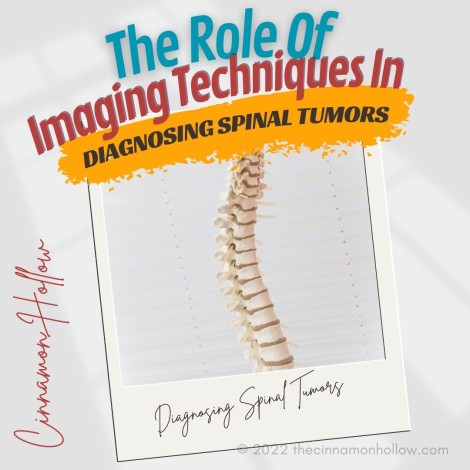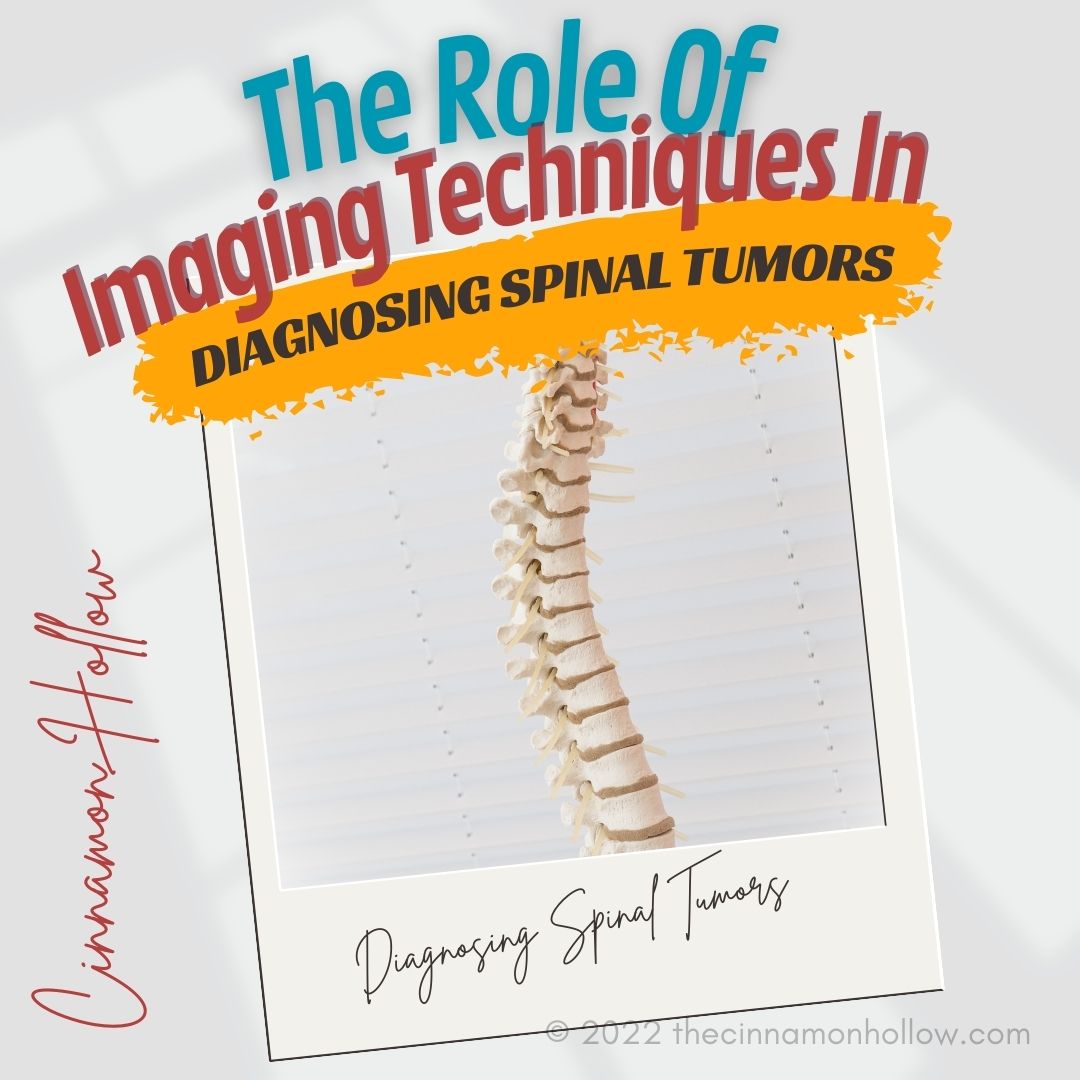Spinal tumors can cause great concern for individuals experiencing back pain or neurological symptoms, particularly those seeking cancer treatment in Chennai. These abnormal growths in or around the spine can lead to complications if undiagnosed and untreated. Fortunately, advances in medical imaging techniques have significantly improved our ability to diagnose spinal tumors accurately.

The Importance of Imaging in Diagnosing Spinal Tumors
Imaging techniques play a crucial role in the diagnosis of spinal tumors and begin the course of cancer treatment. They provide detailed visualization of the spine, enabling healthcare professionals to identify the tumor’s presence, location, size, and characteristics. This information is essential for determining the most appropriate treatment plan for each patient seeking cancer treatment in Chennai.
Magnetic Resonance Imaging (MRI)
MRI is a widely used imaging technique for diagnosing spinal tumors. It utilizes a strong magnetic field and radio waves to generate highly detailed spine images. MRI can accurately depict the soft tissues, including the spinal cord and nerves, allowing for precise evaluation of the tumor’s extent and involvement of nearby structures.
By using contrast agents, MRI can also provide valuable information about the blood supply to the tumor, aiding in its characterization. This helps healthcare professionals differentiate between benign and malignant tumors, guiding treatment decisions.
Computed Tomography (CT) Scan
CT scans are often performed alongside MRI to complement the diagnostic evaluation of spinal tumors. CT scans use X-rays to create cross-sectional images of the spine. This imaging technique excels in providing detailed information about the bony structures of the spine, such as the vertebrae.
CT scans are particularly useful in assessing the extent of bone destruction caused by tumors and identifying any pathological fractures. Additionally, CT-guided biopsies can be performed to obtain tissue samples for accurate histopathological analysis, aiding in tumor classification.
PET-CT Scan
PET-CT scans combine the functional information obtained from positron emission tomography (PET) with the anatomical details from CT scans. This fusion of techniques allows for a comprehensive evaluation of spinal tumors.
PET-CT scans are highly sensitive in detecting metabolic activity within tumors, enabling healthcare professionals to differentiate between active tumors and scar tissue. This information is crucial in assessing treatment response and detecting potential tumor recurrence.
Emerging Imaging Techniques
In addition to the established imaging techniques mentioned above, there are several emerging modalities that show promise in diagnosing spinal tumors and enhancing cancer treatment in Chennai.
Diffusion Weighted Imaging (DWI)
DWI is a specialized MRI technique that assesses the movement of water molecules within tissues. It has proven to be particularly valuable in differentiating between benign and malignant spinal tumors. Malignant tumors often exhibit restricted diffusion due to their cellular density, whereas benign tumors typically demonstrate unrestricted diffusion. DWI can aid in preoperative planning and provide essential information about tumor aggressiveness.
Dynamic Contrast-Enhanced MRI (DCE-MRI)
DCE-MRI involves the injection of a contrast agent during an MRI scan to assess blood flow within the tumor. By analyzing the enhancement patterns over time, DCE-MRI can help determine the vascularity and angiogenic activity of spinal tumors. This information contributes to tumor characterization and assists in monitoring treatment response.
Magnetic Resonance Spectroscopy (MRS)
MRS is a non-invasive technique that provides metabolic information about tissues. By analyzing the chemical composition of spinal tumors, MRS can aid in distinguishing between different tumor types. It can also assist in identifying areas of tumor infiltration beyond what is visible on conventional MRI, helping surgeons plan the extent of tumor resection accurately.
Cone Beam Computed Tomography (CBCT)
CBCT is a specialized form of CT scanning that provides high-resolution three-dimensional images of the spine. It is particularly useful during image-guided spinal procedures, such as tumor biopsies or minimally invasive surgeries. CBCT offers real-time imaging capabilities, allowing precise needle placement and enhancing procedural accuracy.
Conclusion
The role of imaging techniques in diagnosing spinal tumors for cancer treatment in Chennai cannot be overstated. Established modalities such as MRI, CT scans, and PET-CT scans continue to be indispensable in accurately assessing tumor location, extent, and characteristics. Moreover, emerging techniques like DWI, DCE-MRI, MRS, and CBCT show great potential in refining tumor diagnosis, classification, and treatment planning. As technology advances, cancer treatment hospital in chennai are better equipped than ever to provide timely and personalized care to individuals with spinal tumors, improving patient outcomes and ultimately moving closer to finding a cure for this complex disease.
We are not doctors and this is in no way intended to be used as medical advice and we cannot be held responsible for your results. As with any product, service or supplement, use at your own risk. Always do your own research before using.






